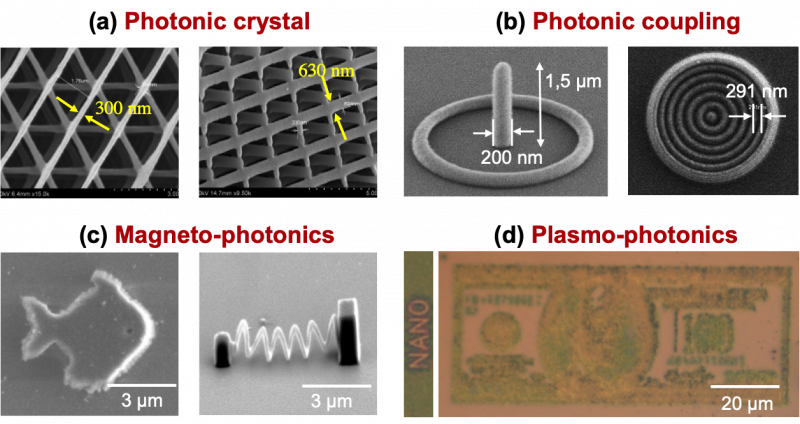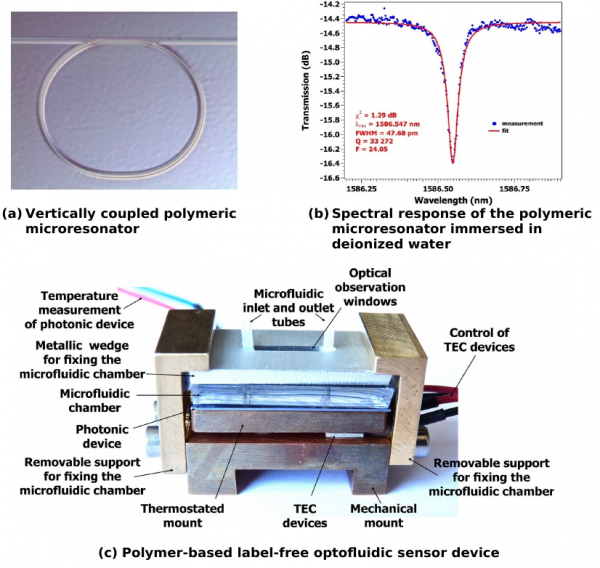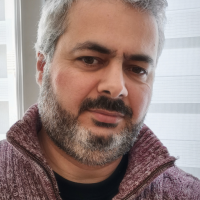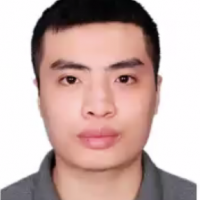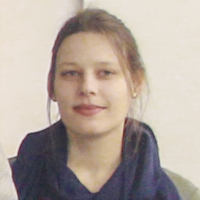Structuration and Devices
From Nanofabrication to Nanophotonics
PI : Associate professor Ngoc Diep LAI
Among plenty of techniques proposed to realize photonic structures, direct laser writing (DLW) has been considered as an ideal one to create any desired submicrometric structure. We have recently proposed and demonstrated a simple and low-cost method called low one-photon absorption (LOPA) DLW, which benefits the advantages of both one-photon absorption (OPA) and two-photon absorption (TPA) techniques, allowing us to fabricate arbitrary 2D and 3D submicro-structures. The LOPA fabrication technique is based on the use of an excitation laser with the wavelength located near the edge of the absorption band of the photoresist used. With this low absorption, the light beam can propagate deeply inside the material. By using a microscope lens of high numerical aperture, the laser beam is focused into small region with a very high intensity, which compensates for the low absorption of the photoresist. By scanning the focusing spot, any sub-wavelength structure can be created via local photopolymerization process. 1D, 2D, and 3D arbitrary structures, with sizes as small as 100 nm, have been fabricated using SU8 photoresist and a continuous-wave laser at 532 nm-wavelength with only a few milliwatts. Figures 1(a) shows an example of fabricated 3D structures.
Recently, we have applied this same technique to produce other 2D and 3D magnetic and 3D plasmonic structures on demand (figure 1, c, d). These demonstrations open up many applications in different fields, from physics to chemistry and biology. Furthermore, we have recently demonstrated that by using this LOPA-based DLW, and with a double-step process, it is possible to address most kinds of nanoparticles (gold, quantum dot, KTP, etc.) and to precisely embed them into desired polymeric photonic structures. Figures 1(b) show different kinds of 2D structures containing a single quantum dot at structures center.
2. T. H. Au, S. Buil, X. Quélin, J.-P. Hermier, and N. D. Lai, “High Directional Radiation of Single Photon Emission in a Dielectric Antenna,” ACS Photonics 6, 3024–3031 (2019).
3. D. T. T. Nguyen and N. D. Lai, “Deterministic Insertion of KTP Nanoparticles into Polymeric Structures for Efficient Second-Harmonic Generation,” Crystals 9, 365 (2019).
4. F. Mao, A. Davis, Q. C. Tong, M. H. Luong, C. T. Nguyen, I. Ledoux-Rak, and N. D. Lai, “Direct Laser Writing of Gold Nanostructures: Application to Data Storage and Color Nanoprinting,” Plasmonics 13, 2285–2291 (2018).
5. Q. C. Tong, M. H. Luong, J. Remmel, M. T. Do, D. T. T. Nguyen, and N. D. Lai, “Rapid direct laser writing of desired plasmonic nanostructures,” Opt. Lett. 42, 2382- 2385 (2017).
6. T. H. Au, D. T. Trinh, Q. C. Tong, D. B. Do, D. P. Nguyen, M. H. Phan, and N. D. Lai, “Direct Laser Writing of Magneto-Photonic Sub-Microstructures for Prospective Appli- cations in Biomedical Engineering,” Nanomaterials 7, 105 (2017).
7. Q. C. Tong, M. T. Do, M. H. Luong, B. Journet, I. Ledoux-Rak, and N. D. Lai, “Direct laser writing of polymeric nanostructures via optically induced local thermal effect,” Appl. Phys. Lett. 108, 183104 (2016).
8. M. T. Do, D. T. T. Nguyen, H. M. Ngo, I. Ledoux-Rak, and N. D. Lai, “Controlled cou- pling of a single nanoparticle in polymeric microstructure by low one- photon absorption– based direct laser writing technique,” Nanotechnology 26, 105301(2015).
9. M. T. Do, T. T. N. Nguyen, Q. Li, H. Benisty, I. Ledoux-Rak, and N. D. Lai, “Submicro- meter 3D structures fabrication enabled by one-photon absorption direct laser writing,” Opt. Express 21, 20964-20973 (2013).


